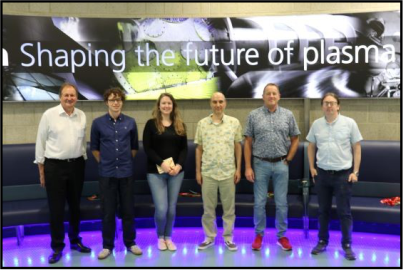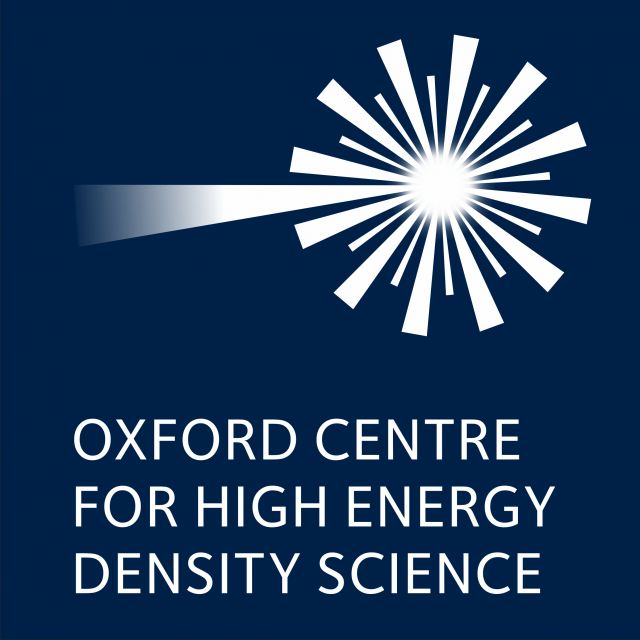In the last two weeks of July 2022, the Orion Laser Facility at AWE Aldermaston was finally able to open its doors to an international team of researchers for an academic-access experiment after a three-year hiatus.

The experimental campaign Laboratory investigation of dust dynamics in re-shocked Rayleigh-Taylor flows was proposed by Professor Gianluca Gregori of the University of Oxford, and was conducted by a team of researchers from the UK and France. Dr Charlotte Palmer of Queen's University Belfast coordinated the planning and execution of the experiment, and Tom Hodge was the AWE Principal Investigator. Targets were supplied by the Central Laser Facility (CLF) Target Fabrication Group led by Chris Spindloe.
Two weeks of facility time were allocated for the campaign, providing six shot days and 18 productive data shots. It is anticipated that once the data is analysed, it will lead to high-quality publications.
Gianluca Gregori was returning to Orion having been the first ever academic access user back in 2013. Following the campaign, he said: "The Orion laser facility at AWE and the whole technical team has, once again, provided top of the class performance during our academic access. The experiments were designed to study the interaction between two supernova explosions, and we were able to show that the expanding mass from one explosion can affect the flow in the other ejecta. This is particularly relevant for star-forming regions in galaxies, such as the Orion nebula, the closest to Earth".

"We were extremely fortunate to access one of the world's best laser facilities," Gianluca continues. "We wish the Orion laser facility to continue and expand its academic access programme - which is fundamental for the health and growth of the high-energy-density physics community in the UK."
Alexis Casner of CESTA, CEA, France, the lead French collaborator on the experiment, also commented on his impression of Orion: "After being a Principal Investigator on most of the kilojoule laser facilities worldwide (LULI, Omega, NIF, and LMJ Petal), I was really delighted to discover Orion recently. I was impressed by the commitment of the experimental crew in delivering shots and I have discovered the spirit and efficiency of Omega. It was a great week there, with a bunch of interesting results which will give birth to papers and new experimental platforms in the near future. I want to thank again the Orion crew, and the target fabrication team at the CLF, for their great efforts to schedule and prepare for this successful run."

